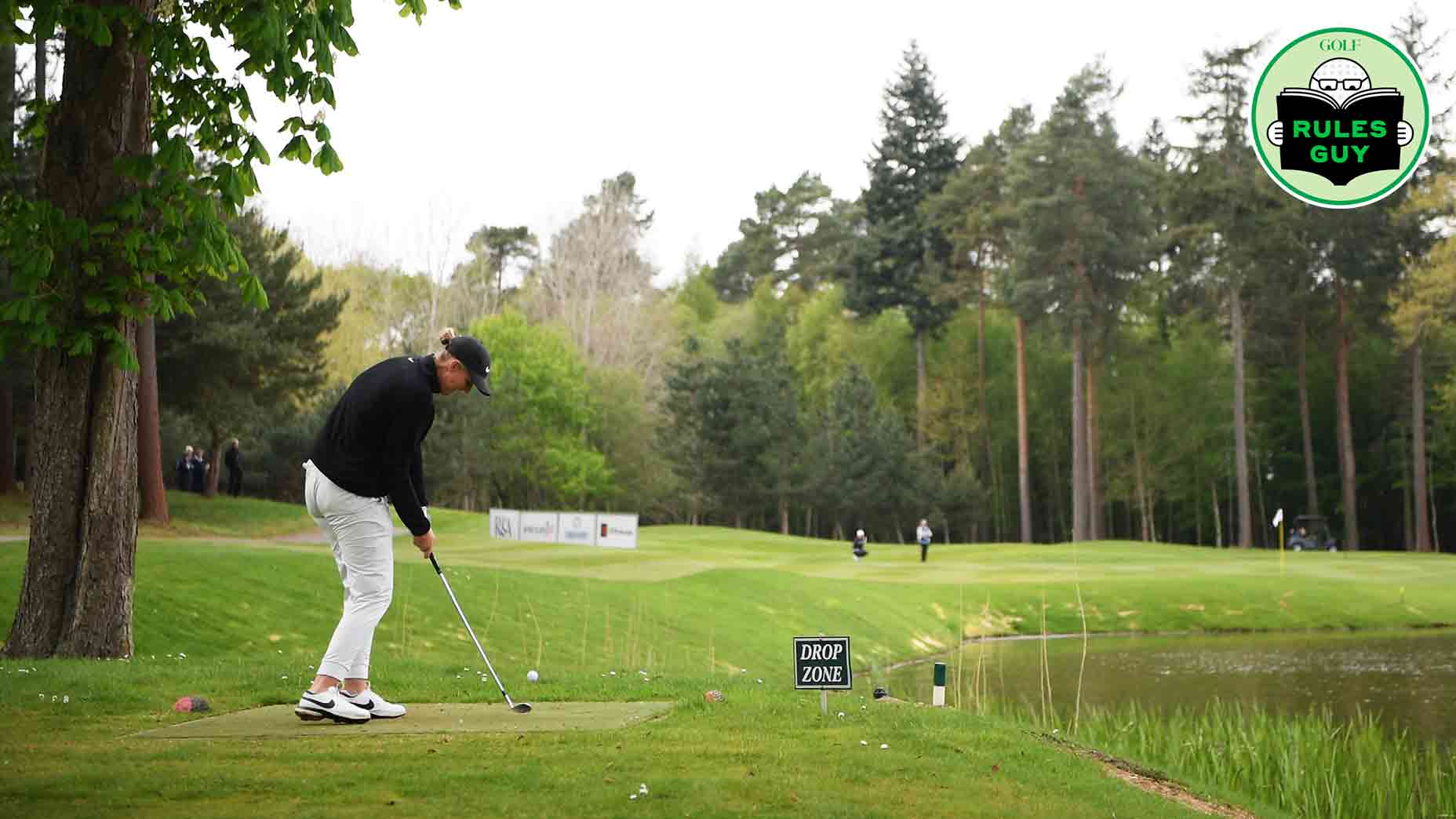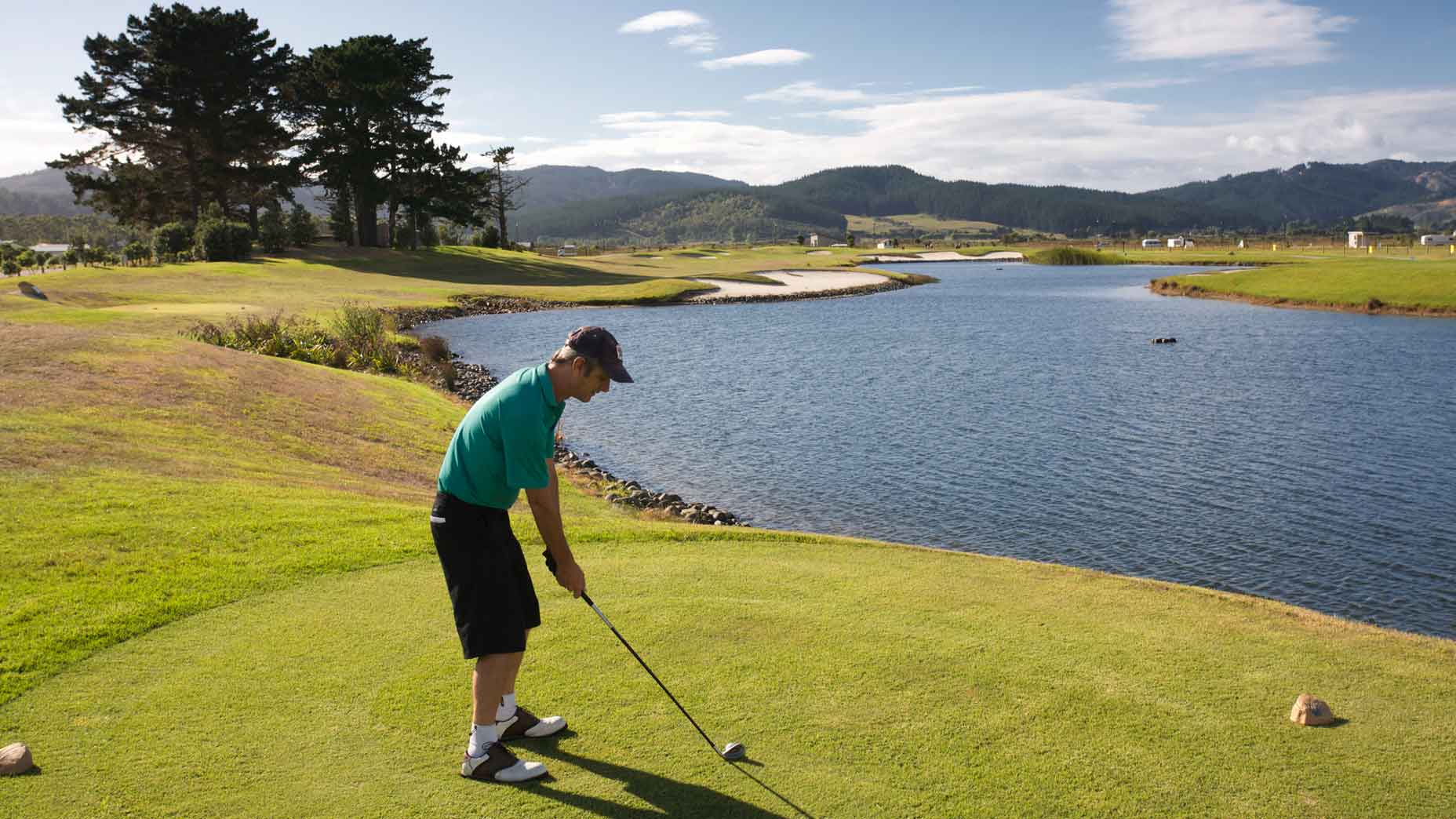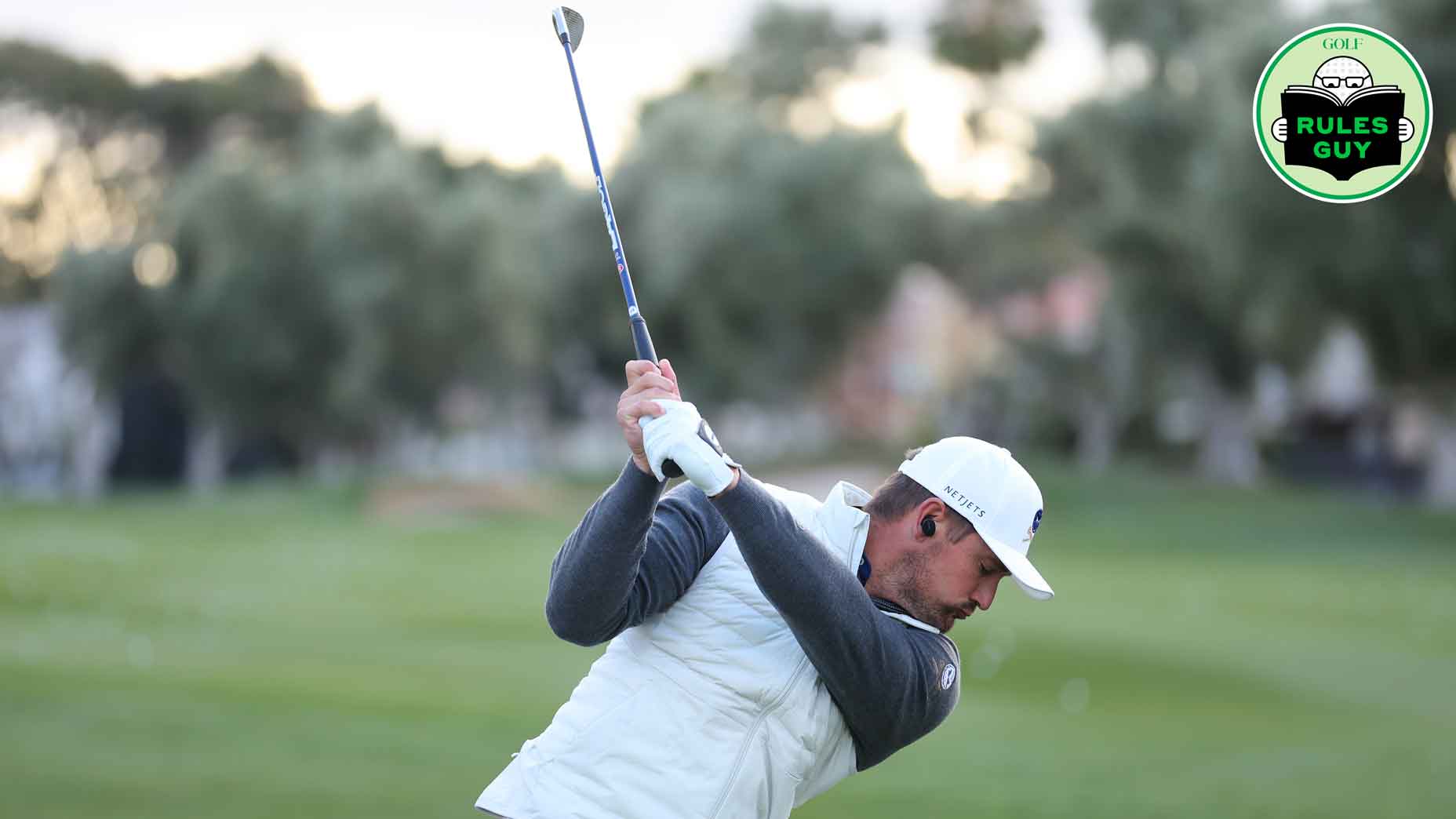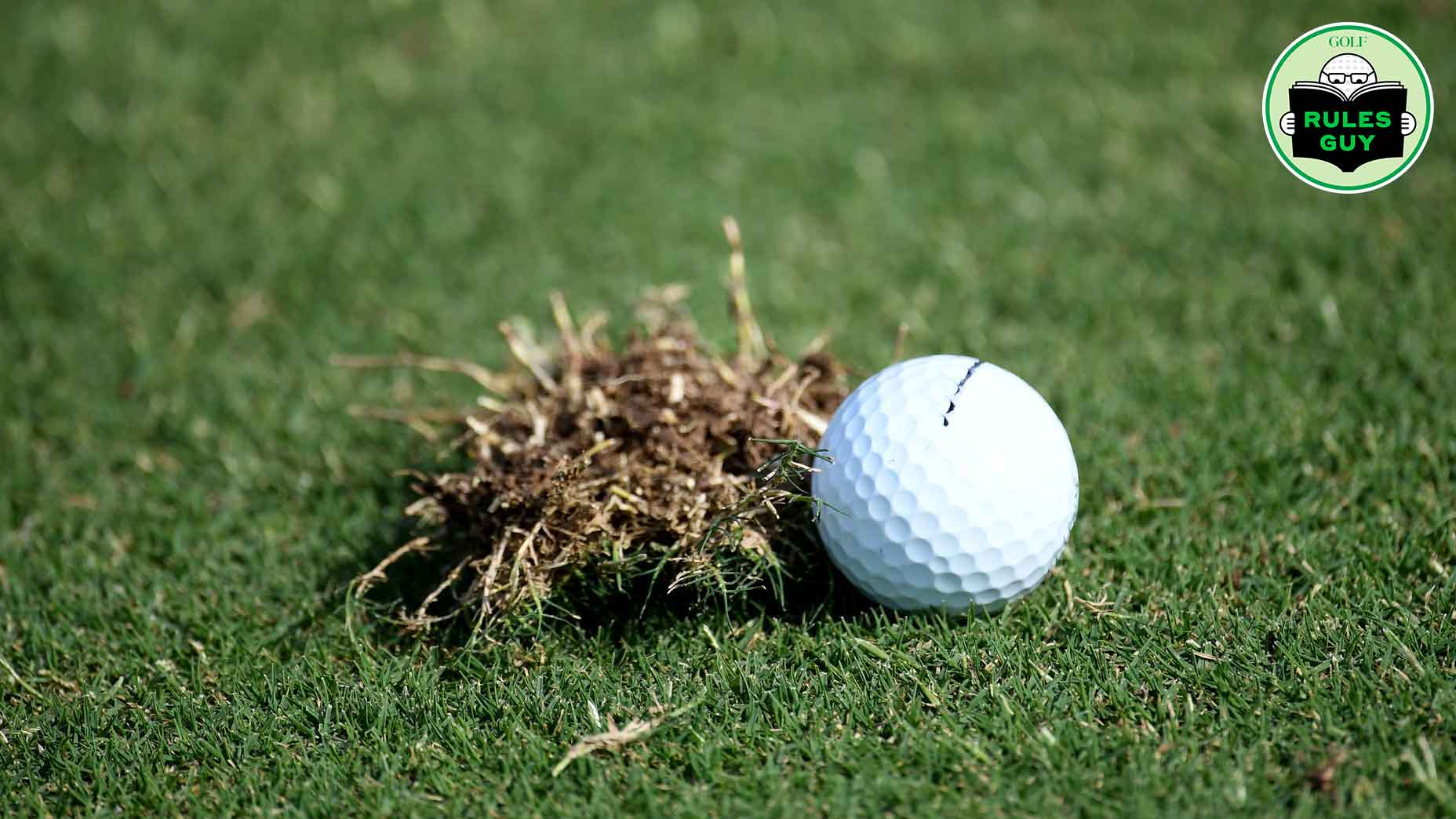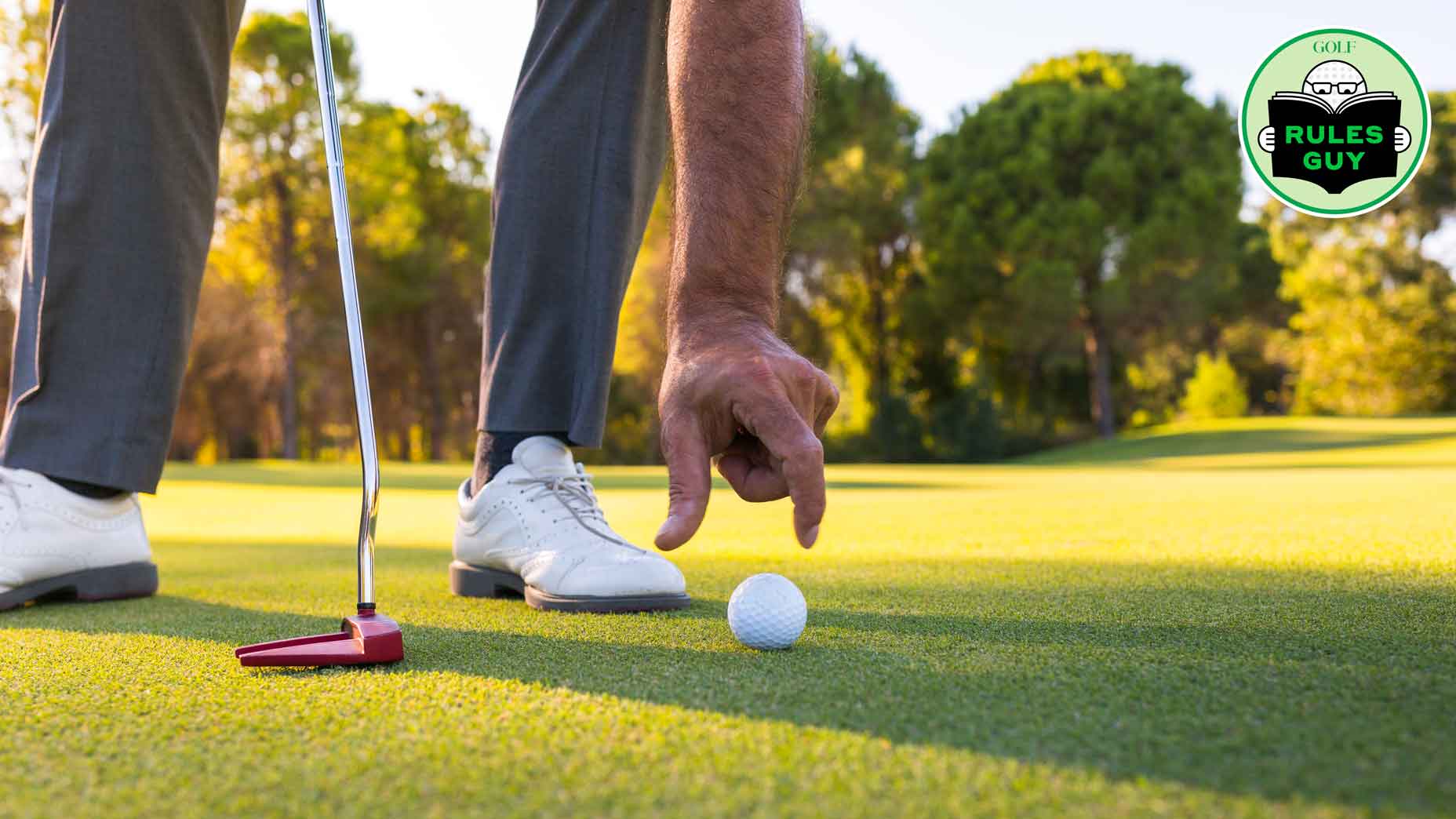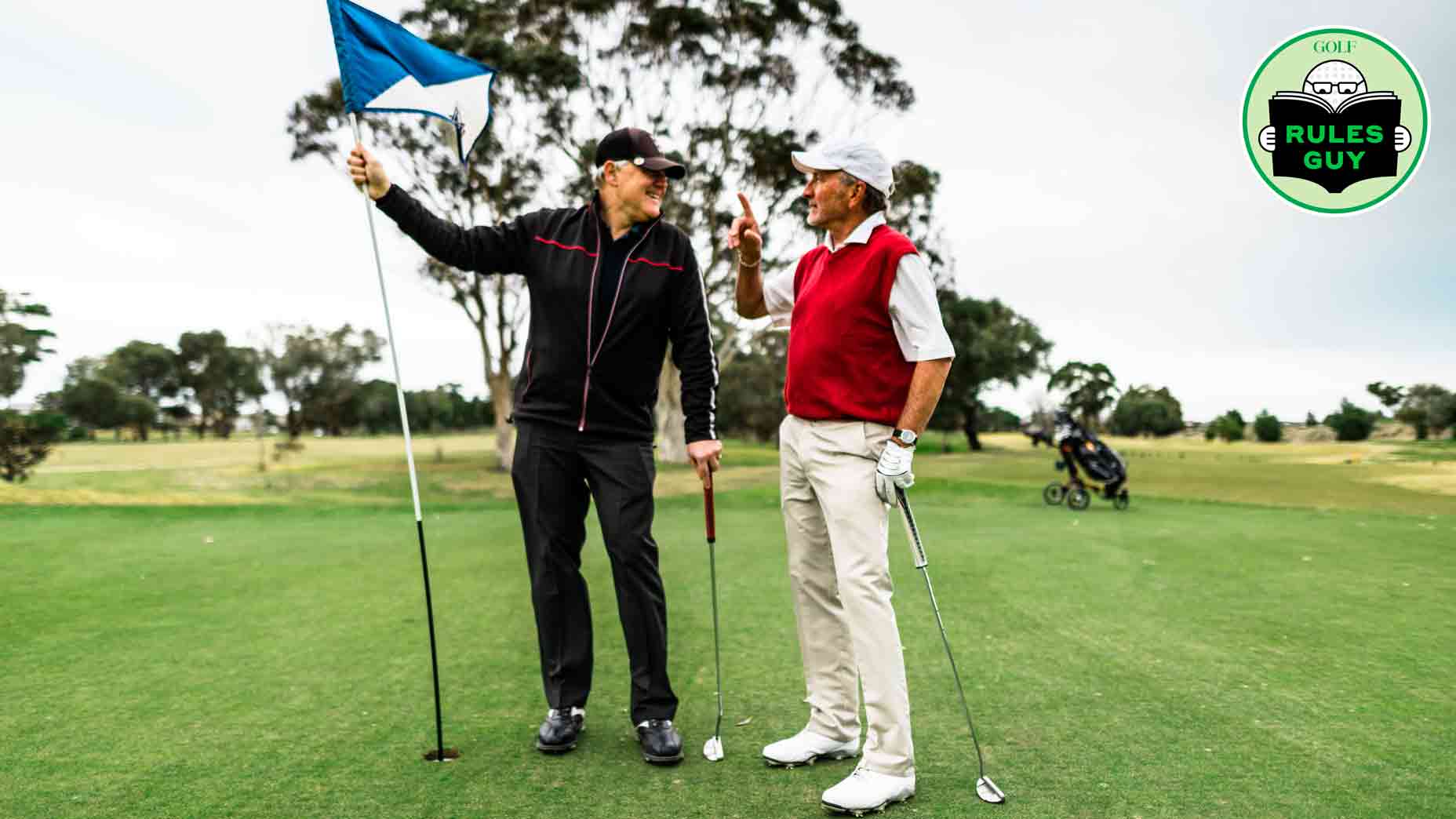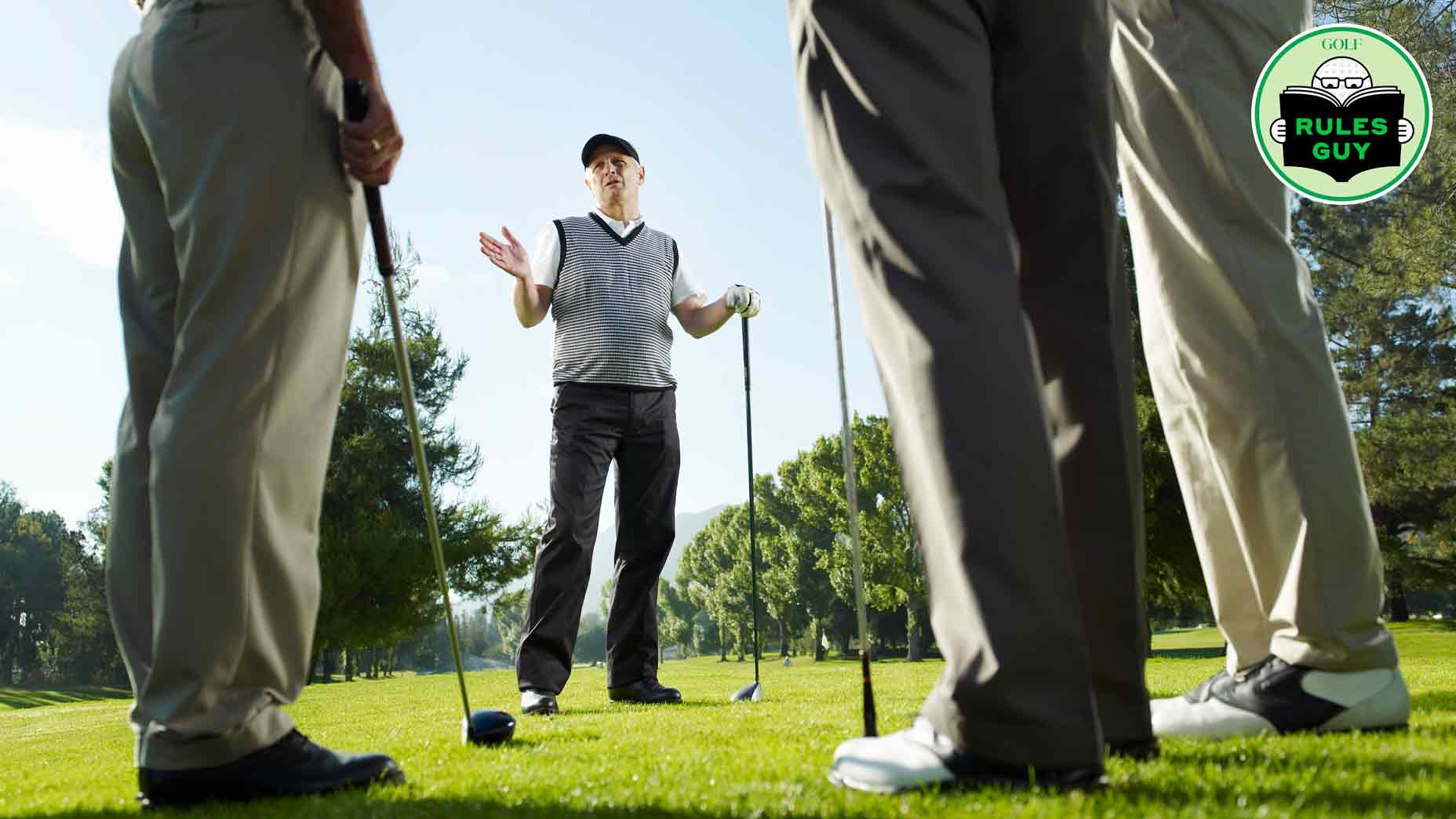The Rules of Golf are tricky! Thankfully, we’ve got the guru. Our Rules Guy knows the book front to back. Got a question? He’s got all the answers.
On a par 3 over a pond, your ball falls short of crossing the water. The drop area is a more forward tee with less carry to clear the water. Because that drop area doubles as a teeing area, are you allowed to tee the ball? — Dennis Rautmann, via email
Why are you bringing me into this, Dennis? Rules Guy always takes an extra club and never (fine, rarely) hits into a fronting pond. Nor would RG break the rules by teeing up a second time.
While the dropping zone may be on a different player’s teeing area, it is not your teeing area. You must drop and play a ball from the dropping zone sans teeing it. Were you instead to tee it up, then you’re playing from a wrong place, and the Committee would have to determine whether it’s a serious breach or not. So, in a word, don’t.
Rules Guy: Is it legal to avoid losing a ball by taking a penalty off the tee and heading straight to the drop zone?By: Rules Guy
For more drop guidance from our guru, read on …
Due to marshy conditions at my club, an area was declared Ground Under Repair and a drop zone was established far behind it. Do I have the option to play my ball from the GUR, or must I use the drop zone? —Mohammed Suleiman, via email
As a general rule, you can play from GUR — unless the committee has declared it a no-play zone. (Rules Guy, and Rules Guy alone, refers to this as an NPZ.)
This is sometimes done to protect flower beds, for example. A drop zone (DZ), it’s worth noting, is generally given simply as an option, in which case you’re also free to play from the nearest point of complete relief (NPCR), but the committee can require players to take relief from a drop zone. So, in summary: Check if the GUR is an NPZ. If so, check whether the DZ must be used; if not, you can also go the NPCR route if you prefer. FWIW. LOL.
Need help unriddling the greens at your home course? Pick up a custom Green Book from 8 AM Golf affiliate Golf Logix.
Got a question about the Rules? Ask the Rules Guy! Send your queries, confusions and comments to rulesguy@golf.com. We promise he won’t throw the book at you.
